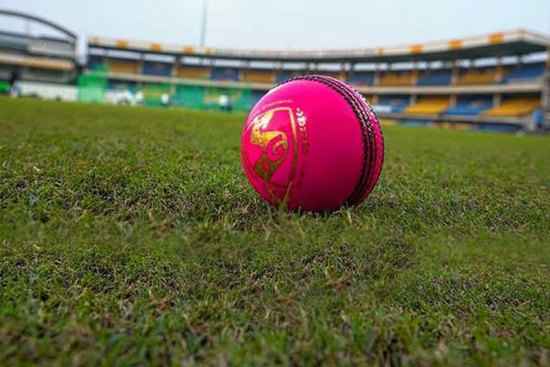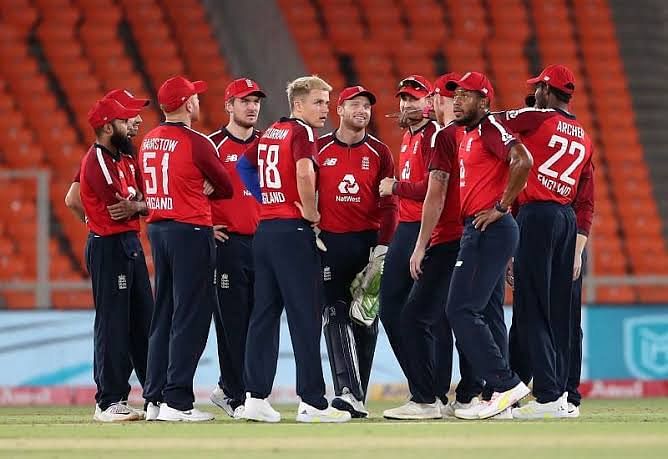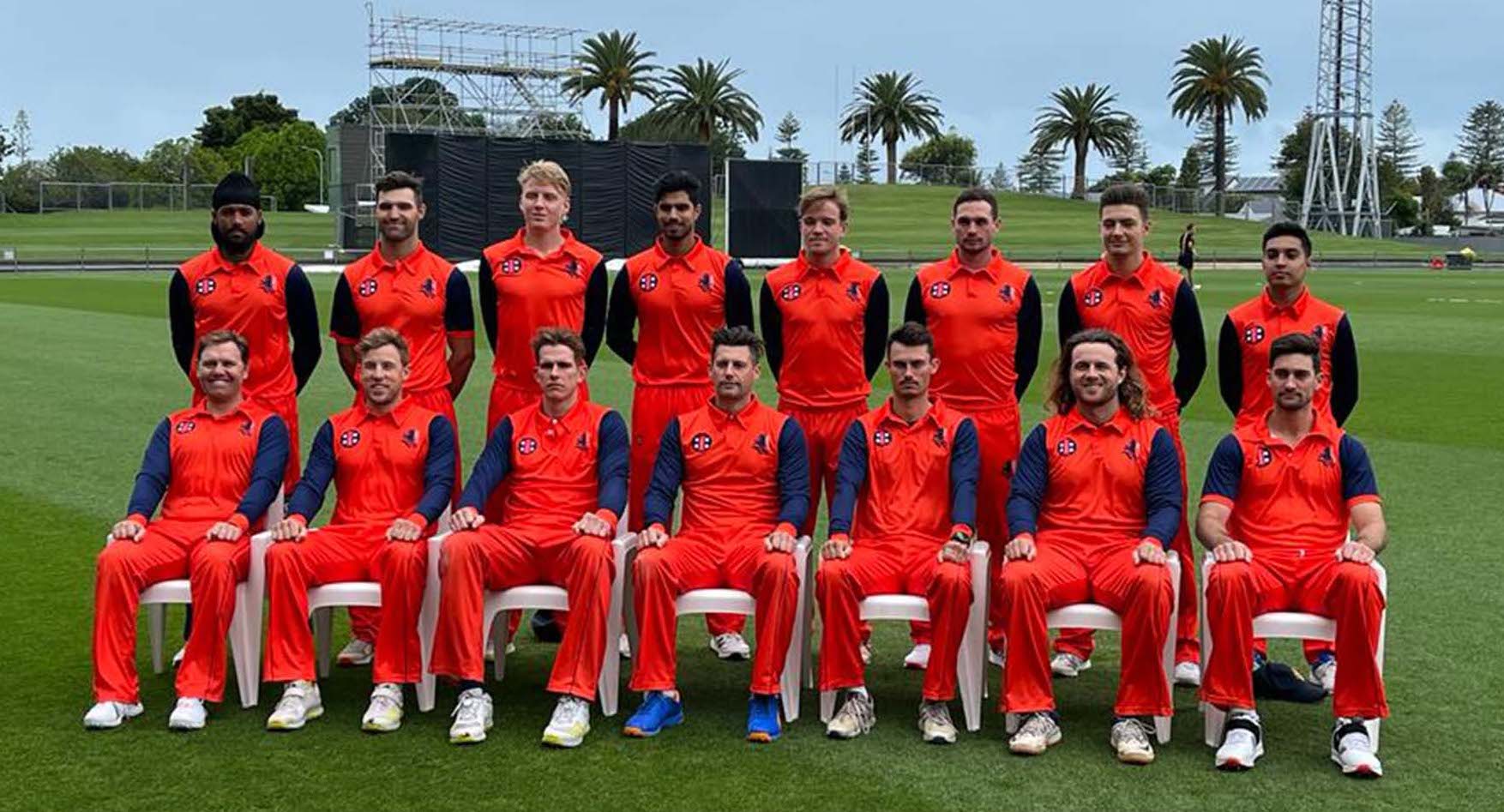With the last few Test series providing great entertainment, it has been proved that the five-day format is alive and kicking and will pull spectators to the ground despite the threat from T20 cricket. In fact, Test cricket has evolved, with successful and exciting chases becoming a norm rather than the exception. And Day-Night Test has added a bit more excitement to the game and is threatening to take over the traditional Test cricket played during the day.
So, here are a few reasons why Day-Night Tests might take over traditional Tests in the future.
More results-oriented matches
There was a phase in Test cricket when there were boring draws due to the pitches and home advantage, and hence, fans stayed away from the game. But due to its uncertainty factor or the fear of the unknown prevalent in Day-Night Tests, a pink-ball Test is tough to last all five days without a result being forced. And that explains there have not been a single draw so far in 15 Day-Night Tests played in five years.
With Day-Night Tests producing 100 % results, it would definitely make for an interesting watch, and take over the traditional Test cricket played so far.
Pink-ball Test makes for an exciting viewing

Compared to the traditional Tests played through the day, Day-Night Tests bring an additional ‘uncertainty’ factor as conditions could change anytime, and make for exciting viewing. There won’t be dull phases when there is nothing happening due to the flat pitches or the conditions being constant throughout.
But in Day-Night Tests, the ‘Twilight zone' when the sun is setting makes for difficult conditions to play cricket on, and hence, there could be some real action happening on the field. It would then make for exciting viewing as spectators, players and officials would be waiting in anticipation of any wickets to fall or quick runs being scored, or catches being spilled during this phase.
It would draw more spectators
Earlier, cricket lovers used to take a day leave from work or bunk office to catch Test match on a weekday. But they don’t need to do that anymore. They could just leave the office by evening and catch the second half of the match in the stadium on all five days and get entertained throughout. Just like how Day-Night ODIs have almost replaced the day ODIs, Day-Night Tests threatens to take over traditional Test cricket as well.
It’s profitable

Compared to traditional Tests, Day-Night Tests is more commercially viable as more spectators could watch the match from the stadium or from the comfort of their homes, and it would draw higher revenue in terms of advertisements. Hence, the cricket boards would push for more Test matches to be played under the floodlights. It would be soon when the ratio of day Tests to Day-Night Tests would interchange to meet the changing dynamics of the game.
The popularity of T20s would make Day-Night Tests more regular
With the popularity of T20 cricket all over the cricketing world, Day-Night Test too would see a similar growth if it continues to entertain fans, and give result-oriented games. And it could also see fans switching their loyalty from T20 cricket to Day-Night Tests if the latter provides better value for money, time, and entertainment.
Cover image credit: Sportzwiki






